Anima
2014Museo de Arte Contemporáneo de Salta
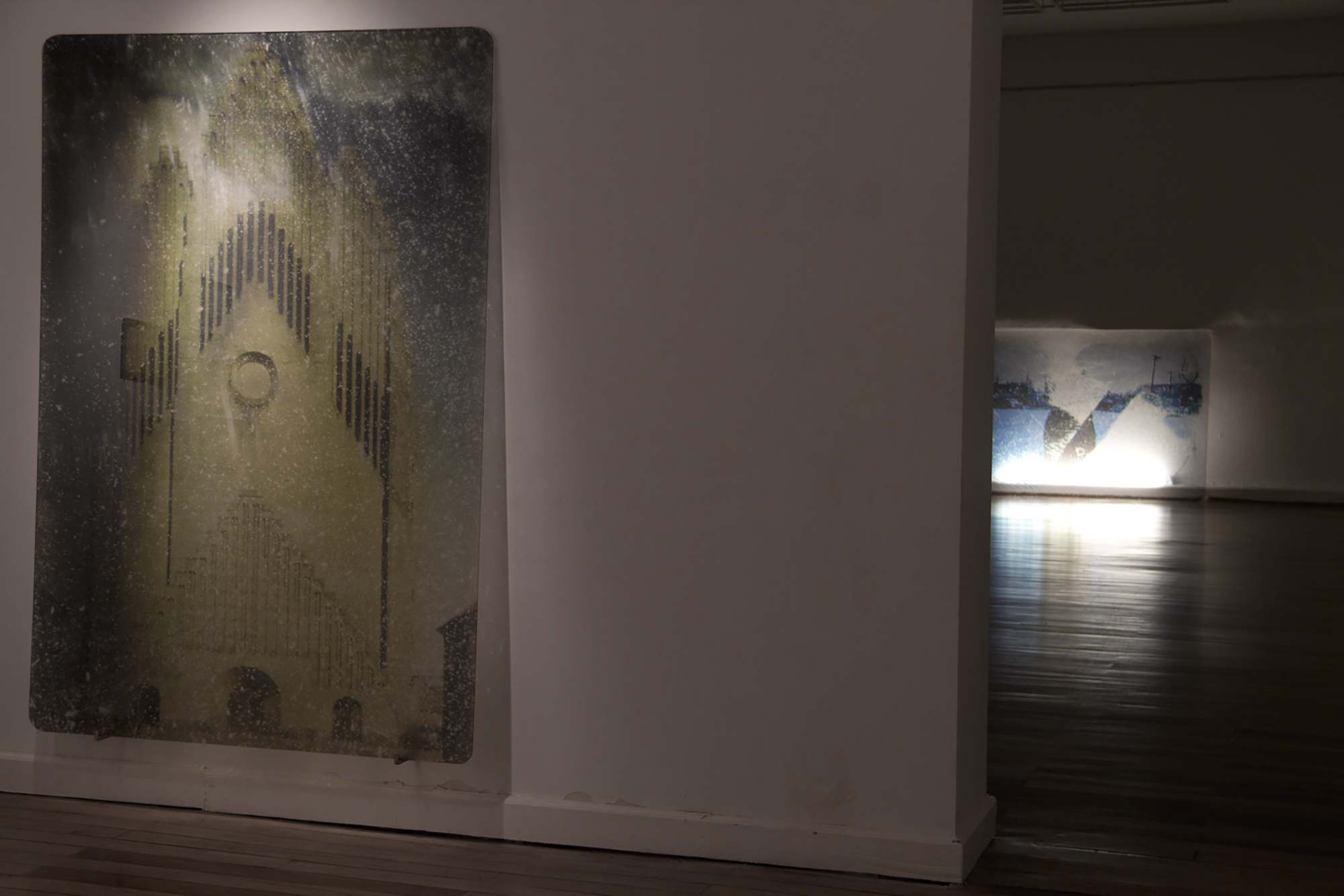
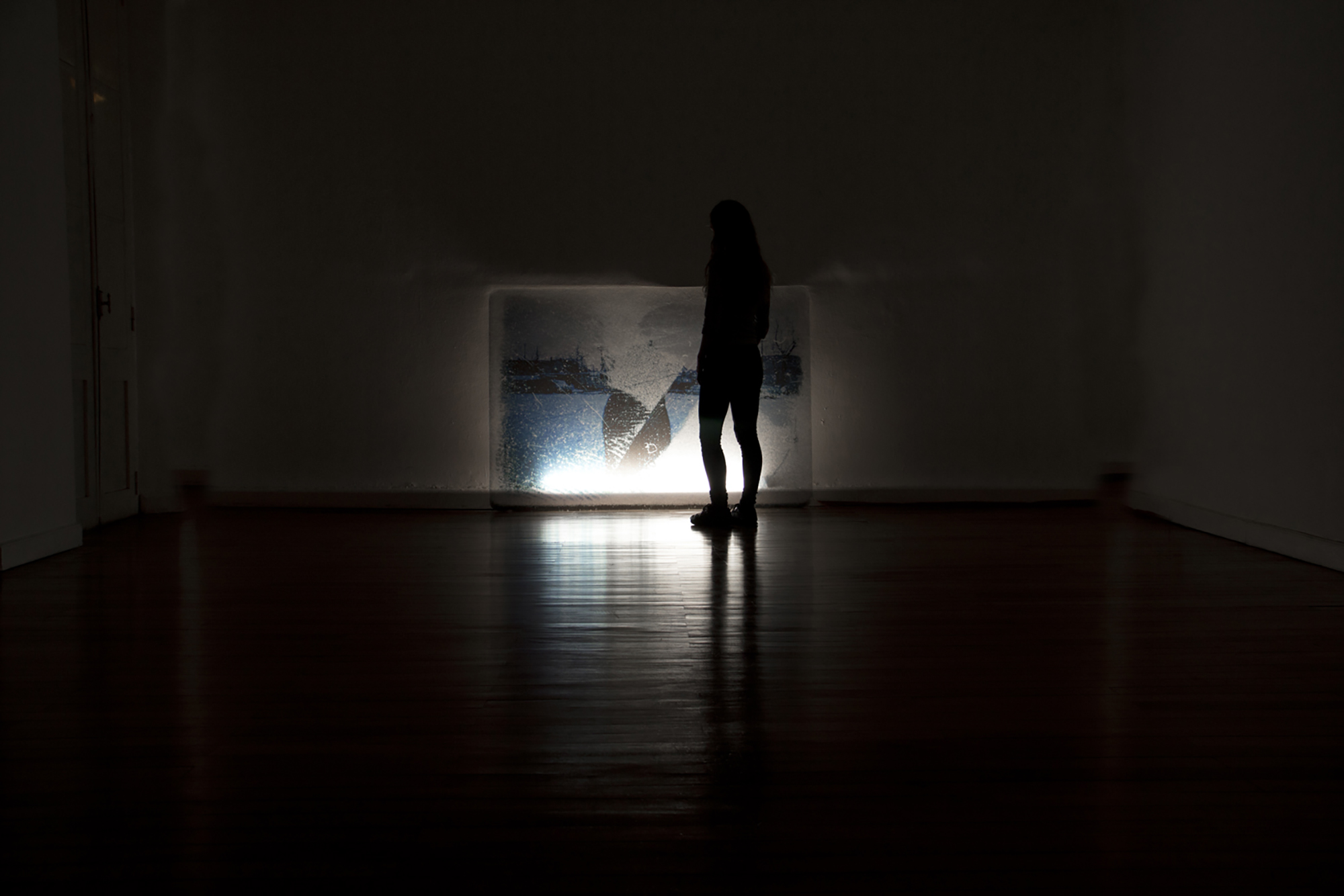

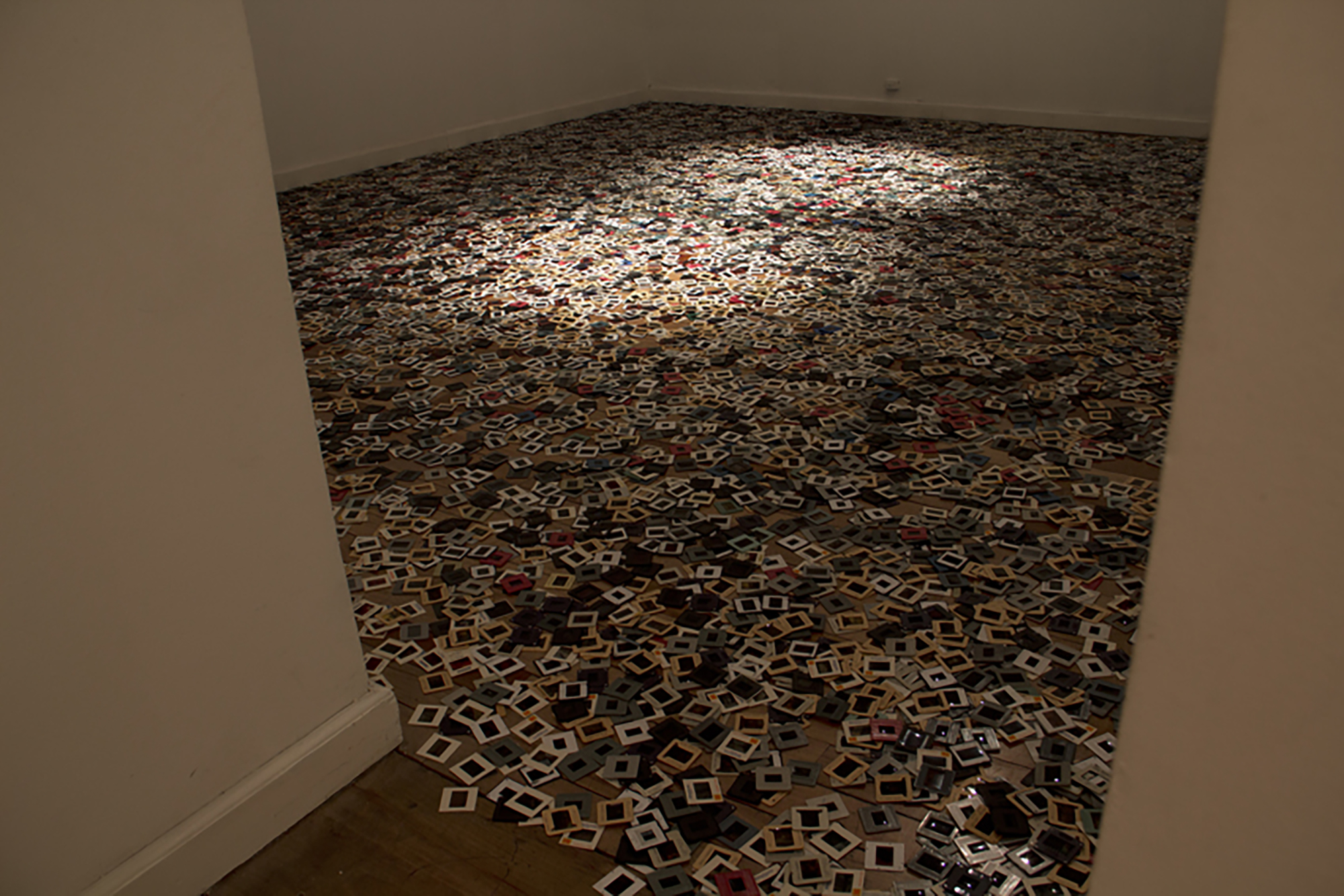


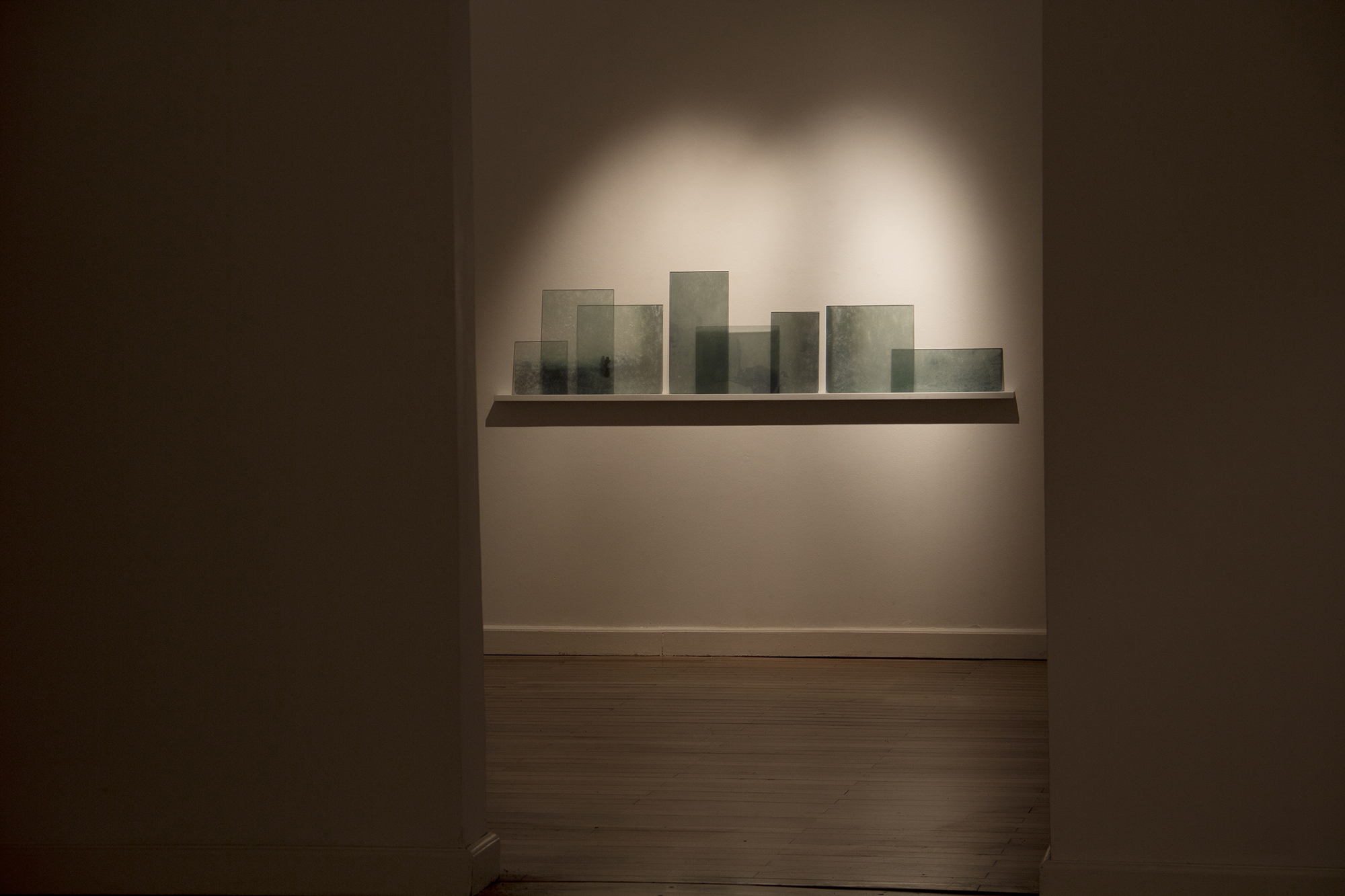
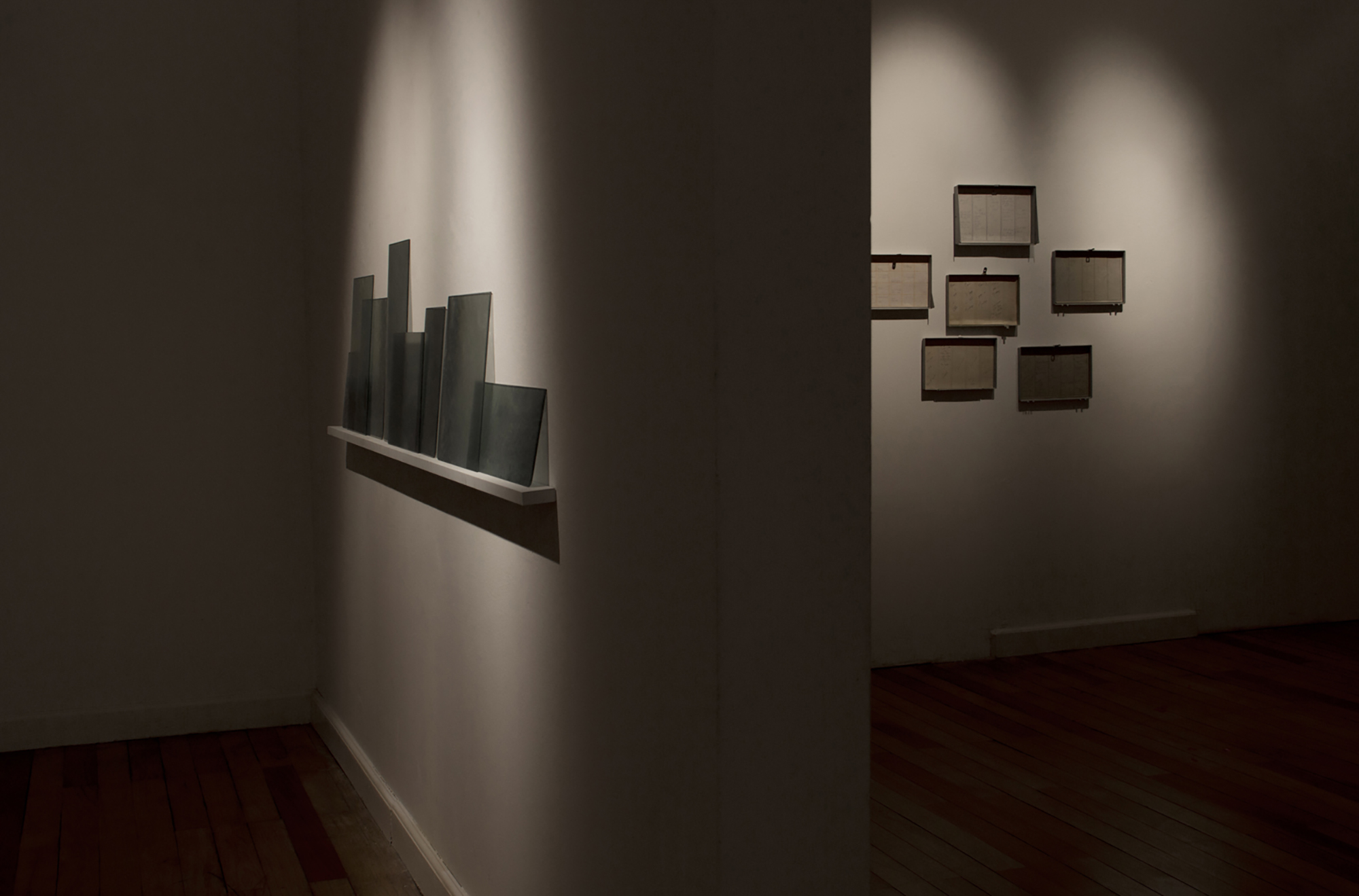
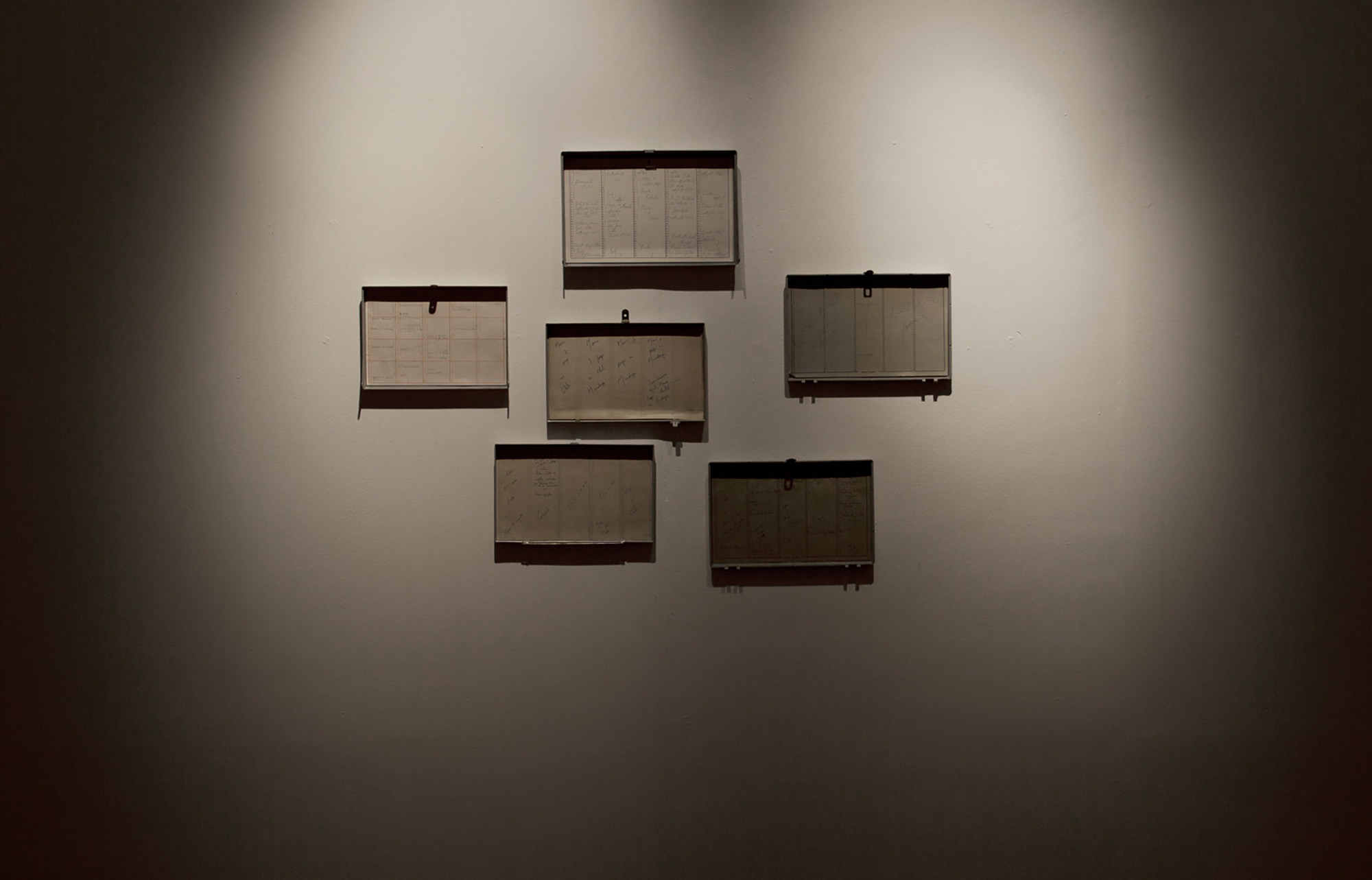




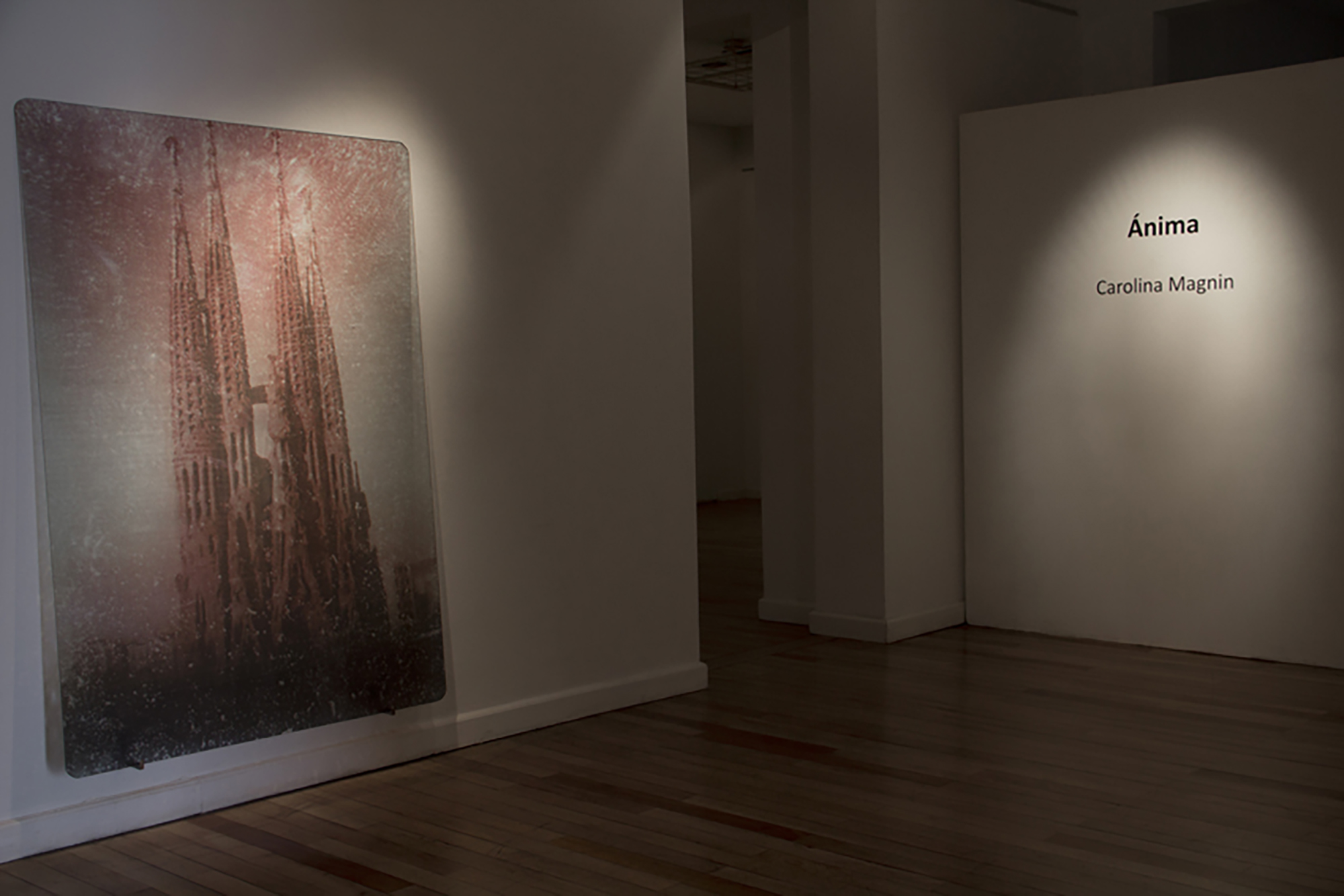
Anima
La lúcida opacidad de la memoria
¿Qué llevó a Walter Benjamin a interesarse por los ruinosos pasajes parisinos del siglo XIX mientras el nazismo avanzaba sobre Europa? Las cosas recién desaparecidas exhalan un brillo particular, y en ese último esplendor pueden decir más sobre el presente que la obviedad de lo que nos rodea. En el mundo dominado por la imagen digital, Carolina Magnin encontró en las diapositivas, ya caídas en desuso, un tesoro singular. Muchas personas podemos aún recordar aquellas reuniones en familia, la mágica oscuridad, el esperado ritual de ese cine casero donde alternaban fotos familiares y vistas de ciudades europeas traídas como suvenir de algún viaje.
La obra de la artista comienza en el gesto de rescate y conservación de esas viejas cajas que a menudo la modernización destina al desecho. Comenzó hace años con los álbumes de su familia, y hoy reúne un acervo múltiple, porque su pasión coleccionista no redunda en el recuerdo personal sino en la intuición de un sustrato valioso de memoria colectiva.
¿Cómo devela la artista esa memoria acumulada y silenciosa? Escanea su pura materialidad. Si toda fotografía es una huella lumínica de aquello que estuvo frente a la cámara, el ojo táctil del escáner vuelve visibles las marcas mínimas que el tiempo ha depositado en la superficie de la diapositiva: rastros dactilares, polvo, leves rayaduras, decoloraciones… Las imágenes de Carolina Magnin emergen así como un vasto y misterioso depósito del inconsciente de una época. A menudo su obra es lo abstracto: la evocación no pasa tanto por los motivos como por las texturas que trasuntan un clima y una subjetividad.
La memoria es valiosa porque acecha el olvido. Transparencia y opacidad dialogan en las fotografías de la artista revelando los fantasmas que dan espesor a nuestra identidad.
Valeria González
Universidad de Buenos Aires
Anima
The lucid opacity of the memory
What led Walter Benjamin to be interested in the tumbledown Parisian alleyways of the 19th century while Nazism was advancing through Europe? Things recently disappeared give off a peculiar brightness, and in that ultimate splendour they may say more about the present than the obviousness that surrounds us. In the world dominated by the digital image, Carolina Magnin found a singular treasure in photographic transparencies, now fallen into disuse. Many of us can still recall those family gatherings, the magical darkness, the expectant waiting for the ritual of that home cinema where family photos alternated with views of European cities brought back as souvenirs of some journey. The artist’s work begins in the gesture of salvaging and conserving those old boxes of slides that modernisation so often consigns to the rubbish. She began years ago with her family albums, and today has gathered a numerous heritage, for her passion as a
collector does not result in a personal memento but rather it intuitively homes in on a valuable substrata of collective memory. How does the artist reveal that accumulated and silent memory? She scans its pure materiality. If all photography is an imprint in light of what was in front of the camera lens, the tactile eye of the scanner makes visible the tiniest marks that time has deposited on the surface of the slide: fingerprints, dust, slight scratches, discolouring… Carolina Magnin’s images emerge just like a vast mysterious storehouse of the subconscious of a past era. Her work is often abstract: evocation is not so much by motives as by textures that convey an atmosphere and subjectivity.
The memory is valuable because it stalks oblivion. Transparency and opacity are in dialogue in these photographs of the artist revealing the phantoms that give density to our identity.
Valeria González
University of Buenos Aires